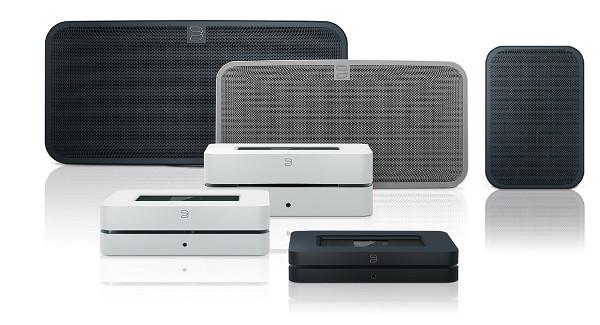Rob,
Could you please do a real word comparison between the Bluesound Vault, Auralic Aries Mini, and the Bluesound Vault 2 when available, via their digital and analogue outputs. I realize there are commercial interest involved but Needless to say it would be of TREMENDOUS benefit to your readers.
Thx
Sam































































